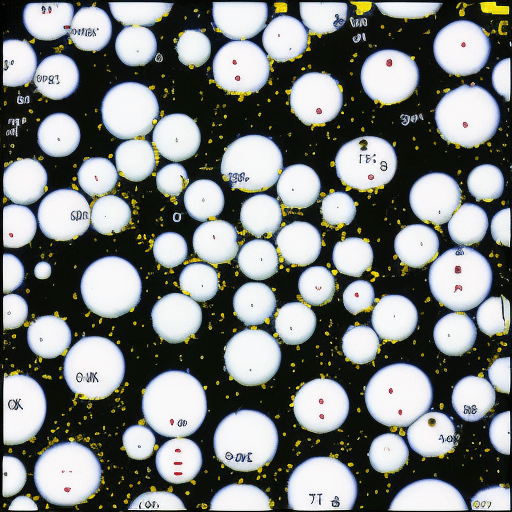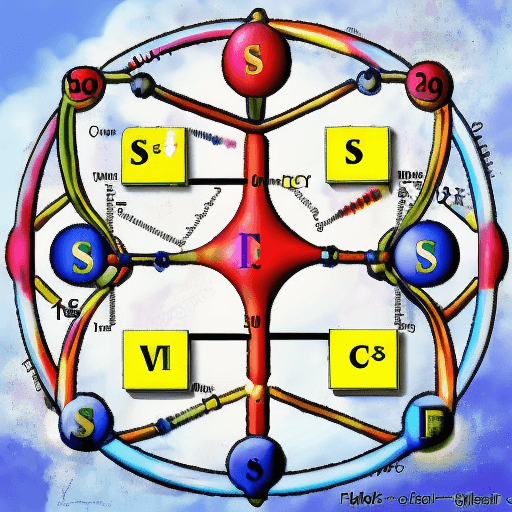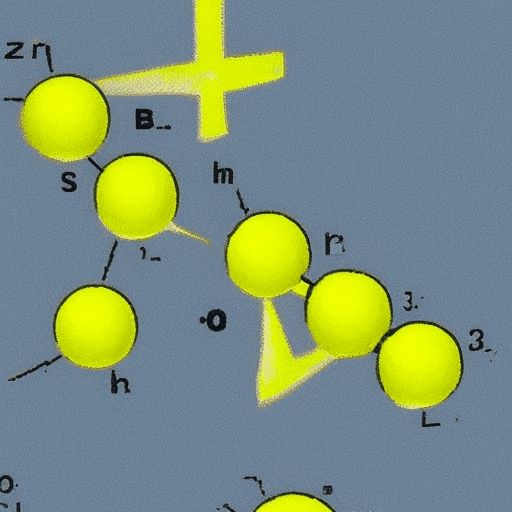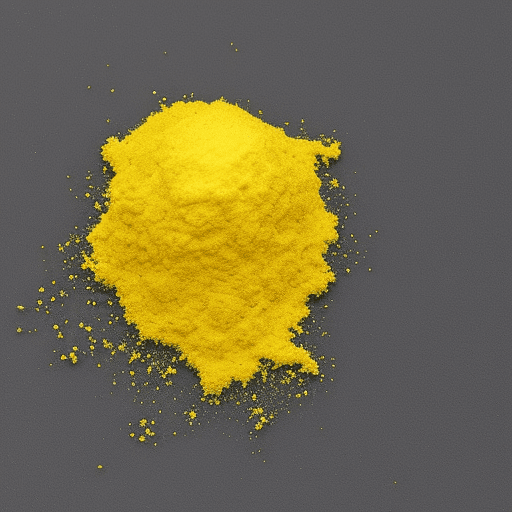What is the sulfur electron configuration?
Is there anything special about this configuration?
Sulfur is a unique element because it has two different electron configurations, depending on the number of valence electrons.
When sulfur has six valence electrons, it has the electron configuration [Ne]3s23p4.
However, when sulfur has four valence electrons, it then has the electron configuration [He]2s22p6.
How could this be?

Grab your microscope and let’s explore the differences between these two configurations and discuss why sulfur can have different properties depending on its electron configuration.
The electron configuration of sulfur is 1s2 2s2 2p6 3s2 3p4.
Explain It To A Child
The most common configuration of electrons for sulfur is 1s2 2s2 2p6 3s2 3p4. This means that the sulfur atom has two electrons in the first energy level, two electrons in the second energy level, six electrons in the third energy level, and four electrons in the fourth energy level.
This means that there are two electrons in the 1s orbital, two electrons in the 2s orbital, six electrons in the 2p orbital, two electrons in the 3s orbital, and four electrons in the 3p orbital.
The electron configuration of sulfur shows that it is a relatively electronegative element. This is because the outermost orbitals (3s and 3p) have fewer electrons than they could hold (eight electrons each), so they are less stable than they could be.
The electronegativity of an element increases as you go down the periodic table, so sulfur is relatively electronegative compared to other elements. The sulfur atom is larger than the atoms of most other elements, due to the presence of the third shell of electrons. The larger size of sulfur also contributes to its electronegativity.

What is the sulfur electron configuration?
Sulfur is a nonmetal element with an atomic number of 16.
This means that it has 16 protons in its nucleus. The sulfur electron configuration lists the different ways that sulfur can arrange its electrons.
The most common sulfur electron configuration is 1s2 2s2 2p6 3s2 3p4.
- This means that the sulfur atom has two electrons in the first energy level, two electrons in the second energy level, six electrons in the third energy level, and four electrons in the fourth energy level.
- The sulfur electron configuration can be written using either notation, but the orbital notation is more commonly used.
- In orbital notation, the sulfur electron configuration would be written as [Ne] 3s2 3p4. This means that the sulfur atom has two electrons in the 3s orbital and four electrons in the 3p orbitals.
- The sulfur electron configuration can also be written using ochemberlin terms, which are another way to denote electron orbital levels.
In this notation, the sulfur electron configuration would be written as 4s2 4p4.
This means that there are two electrons in the 4s orbital and four electrons in the 4p orbitals.

The sulfur electron configuration can also be represented by a Lewis dot diagram. In a Lewis dot diagram, dots are used to represent valence electrons.
The sulfur atom would have six valence electrons, so there would be six dots around the symbol for sulfur. The sulfur electron configuration is important because it determines how the sulfur atom will interact with other atoms.
For example, atoms with similar configurations are more likely to form stable bonds with each other.
The sulfur electron configuration is also important for predicting chemical reactions involving sulfur atoms.

How does sulfur’s electron configuration affect its properties?
As anyone who has ever lit a match knows, sulfur is a substance that readily catches fire.
This is due to its electron configuration.
- Sulfur has six valence electrons in its outermost orbital, giving it the ability to form multiple bonds with other atoms.
- However, these bonds are not very stable, and when sulfur is exposed to heat or friction, the bonds break and the atoms rearrange themselves into more thermodynamically stable configurations.
- This process of rearrangement releases energy in the form of heat and light, making sulfur an excellent fuel for combustion.
In addition to being flammable, sulfur is also corrosive and reactive. When combined with other elements, it forms a number of different compounds that have a wide range of applications, from gunpowder to rubber vulcanization.
The reactivity of sulfur is due to its willingness to form multiple bonds; by forming bonds with other atoms, sulfur can stabilize itself and achieve a more thermodynamically stable configuration.
The fact that sulfur can form so many different compounds is a testament to its versatility as an element.
What are some of the applications of sulfur electron configuration?

Sulfur has a variety of applications due to its electron configuration.
For example, sulfur is used in the production of gunpowder and other explosives.
This is because sulfur produces a highly reactive form of oxygen when it burns, which can help to accelerate the combustion process.
Additionally, sulfur is used as a food preservative and additive.
This is because sulfur dioxide is a potent antimicrobial agent that can help to prevent the growth of bacteria and fungi.
Finally, sulfur is used in the vulcanization of rubber.
This process helps to increase the strength and durability of rubber by creating cross-links between the polymer chains.
As a result, sulfur plays an important role in a variety of industries and applications.
How can sulfur electron configuration be used to benefit humanity?

Sulfur is a non-metal element with an atomic number of 16. Its electron configuration is 2, 8, 6, which means that it has two electrons in its outermost orbital.
This makes sulfur a very reactive element, and it is often found in compounds rather than in its pure form.
Sulfur has a number of important uses for humanity. For example, it is a key ingredient in gunpowder and is also used to make pesticides and fertilizers.
In addition, sulfuric acid is one of the most important industrial chemicals, used in the production of paper, steel, plastics, and many other products.
Given its wide range of uses, it is clear that sulfur plays an essential role in benefitting humanity. without it, our world would be a very different place.
What are the implications of sulfur electron configuration on the environment?
Sulfur is an important element in the environment and its electron configuration has far-reaching implications.
Sulfur is a non-metal that is found in various compounds in the environment.
It has an atomic number of 16 and is in group 6 of the periodic table.
The outermost energy level of sulfur has 6 electrons. This gives sulfur some interesting qualities which impact the environment.
- For example, one of the ways that sulfur impacts the environment is through acid rain.
- When sulfur dioxide and other compounds containing sulfur are emitted into the atmosphere, they can react with water vapor to form acids. These acids then fall back to the earth’s surface in rain, snow, or fog, causing damage to plants, animals, and infrastructure.
- Sulfur also impacts the environment through its role in climate change.
- When sulfur dioxide is released into the atmosphere, it helps to form aerosols that reflect sunlight back into space.
- This has a cooling effect on the planet and can help offset some of the warming caused by greenhouse gases.
However, too much sulfur dioxide can cause environmental problems such as acid rain, so it is important to strike a balance.
In conclusion, the electron configuration of sulfur has implications for the environment both in terms of acid rain and climate change. It is important to understand these implications in order to protect our environment.
Article Sources
Jacks of Science sources the most authoritative, trustworthy, and highly recognized institutions for our article research. Learn more about our Editorial Teams process and diligence in verifying the accuracy of every article we publish.
